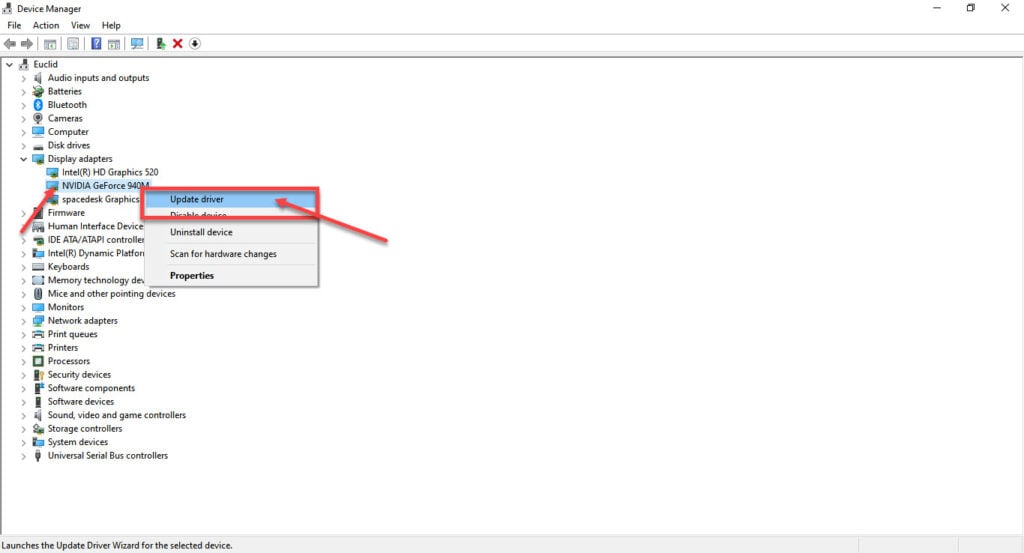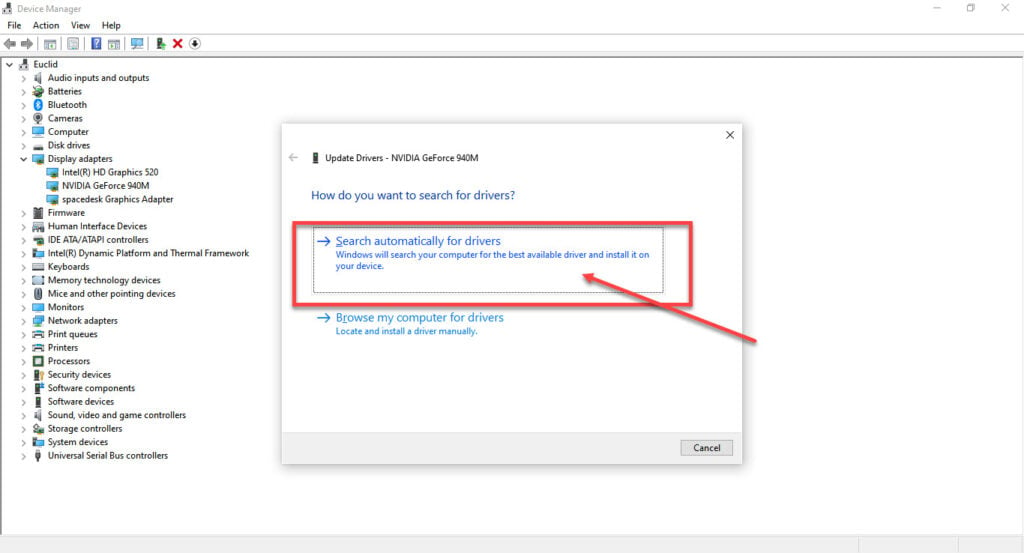Ensuring your Nvidia drivers on Windows 11 are updated is vital for achieving the maximum output, peak performance, stability, and compatibility with the latest software and games.
Whether you are a content developer, design professional, gamer, or video editor, updating your Nvidia graphics card will enhance your workflow.
You can watch the video or continue reading the article below.
In this article, we’ll cover how to update your Nvidia drivers on Windows 11. We will also explain why you should do this frequently.
Why you should update Nvidia drivers?
Before we explore the update process, let’s discuss why keeping your Nvidia drivers updated is crucial:
Boosted performance
New driver versions often bring performance enhancements for specific games and applications. Updating your drivers can lead to higher frame rates and smoother gaming experiences.
Fixes and stability
Updates typically resolve known issues, crashes, and compatibility problems. Regular updates contribute to a more stable system.
Security improvements
Driver updates frequently include security patches to protect against vulnerabilities, helping to keep your system secure.
New features
Updates can introduce new functionalities like ray tracing, Deep Learning Super Sampling (DLSS), and other improvements. Staying current ensures you don’t miss out on these advancements.
Also read: Fix: A software update is required to use this startup disk
Update Nvidia drivers on Windows 11
Now that we understand why we should update Nvidia drivers on Windows 11, let’s proceed with the actual process.
Use Nvidia GeForce Experience
The first method is via the Nvidia GeForce Experience, Nvidia’s official software for graphics card optimisation and other features.
Step 1: Launch GeForce Experience by searching for the software in the Windows search bar and then launch the application.

Step 2: Go to the Drivers tab in the GeForce Experience interface.

Step 3: Click on Check for Updates to let GeForce Experience scan for the latest Nvidia driver updates.

If the updates are available, follow the prompts to download and install them through GeForce Experience.
Use Windows 11’s Device Manager
The second method to update Nvidia drivers on Windows 11 is via the Windows Device Manager. This built-in software allows users to view and control hardware.
Step 1: Right-click on Start and then select Device Manager from the menu.

Step 2: Head to Display Adapters, find the Nvidia graphics card, right-click on it and then select Update Drivers.

Step 3: Select Search automatically for drivers and Windows will then automatically search the internet and download the relevant drivers.

Below this one, there is a second option: Browse my computer for drivers. Use this option if you have downloaded the updates and want to access them from the local hard drive.
If you’re looking for a fresh download, select Uninstall device from the list in Step 2 and then restart your PC. New downloads will be installed during the boot process.
Thus, using these two methods, you can easily update Nvidia graphics drivers on Windows 11.
Also read: How to install Android Studio on Windows 11?







